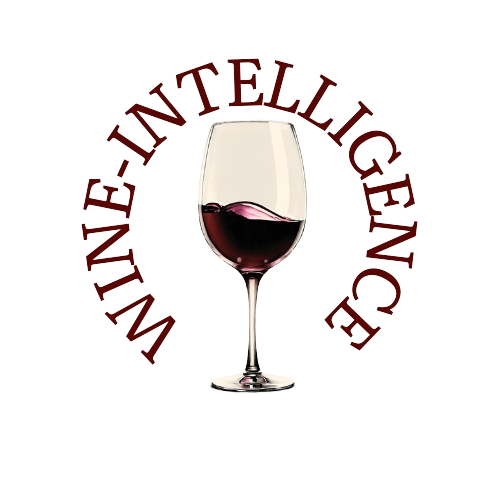The annual Silicon Valley Bank (SVB) “State of the U.S. Wine Industry” report, released each January, serves as a bellwether for the U.S. wine industry.
For years, this report has provided a snapshot of the challenges and opportunities faced by American wineries, helping industry stakeholders—including producers, distributors, and investors—gauge the health of the sector. In recent years, however, the tone of the report has shifted, often highlighting more pessimistic trends in market dynamics.
The 2024 report is no exception, ringing several alarm bells about the current state of the industry. Among the key concerns: declining consumer demand—particularly among younger generations—an oversupply of both grapes and wine, and negative volume growth in wine sales. These issues are compounded by a shifting market landscape, where traditional wine consumers (Baby Boomers) are slowing down their purchases, and younger consumers, particularly Millennials and Gen Z, are not yet fully embracing wine in the way previous generations did.
Despite these hurdles, industry experts are confident that the wine industry can evolve and thrive. Here are the key takeaways from the report:
- Stagnant Market Growth: The SVB report predicts that total wine volume and value sales will not grow in 2024, with a 2.4% decline in volume and flat value sales. This trend is expected to continue into 2025, with a possible 1% decline in value.
- Premium Wine Decline: Premium wineries are also facing challenges, with growth in premium wine sales falling by 3.4% in 2024. However, the top 25% of wineries showed revenue growth of 22%, indicating a divide between high-performing and struggling wineries.
- Long-Term Decline in Growth: The slowdown in wine sales is not a new trend. Nielsen data from 2014 showed early signs of a slowdown, and by 2017, the negative trend became more apparent as off-premise growth rates began to decline.
- Wineries Struggling: Half of the wineries surveyed reported having a challenging year in 2024, while only 29% had a strong year. The remaining 21% of wineries reported neutral performance.
- Negative Industry Sentiment: Wineries expressed negative sentiments across various issues in the SVB Wine Industry Sentiment Index, particularly regarding consumer demand, sales channels, foreign competition, and alcohol laws.
- Financial Health Still Strong: Despite the challenges, the financial health of wineries remains solid. Nearly 70% of wineries reported their financial condition as good or better, with 32% rating it as good and 21% as strong.
- Oversupply in Inventory: The wine industry faces an oversupply in inventory, with a 1.6x sales ratio, exceeding the recommended 1.3x ratio. Smaller premium wineries are also holding excess stock, with 59% reporting more inventory than necessary.
- Generational Shifts: The current oversupply is driven by reduced consumer demand, not an excess of supply. As Baby Boomers shift away from wine consumption, younger generations are not yet filling the gap, leading to concerns about the industry's future.
- Millennials and Gen Z: Millennials and Gen Z are seen as potential wine consumers, but the industry needs to adapt its marketing strategies to engage these groups. Younger consumers prefer flavorful, alternative beverage packaging, and often rely on recommendations from influencers rather than shopping directly at wine shelves.
- Slow Recovery Expected: The industry is likely to face ongoing challenges through 2025 and potentially 2026, with oversupply issues expected to persist. However, McMillan predicts that the market will stabilize and return to predictable growth by 2027–2029, though growers may be the last to benefit from these improvements.
Conclusion: An Optimistic Outlook Amidst the Storm
The 2025 SVB report highlights that the U.S. wine industry is at a crossroads. While sales and consumer demand are in decline, especially among younger generations, the industry’s resilience and ability to adapt will ultimately determine its future. The shift in consumption habits presents a challenge, but also an opportunity for wineries to innovate, engage new consumers, and redefine what it means to be a wine drinker in today’s world. The road ahead may be difficult, but with the right strategy, the wine industry can emerge stronger and more sustainable than ever before.
Source: SVB

